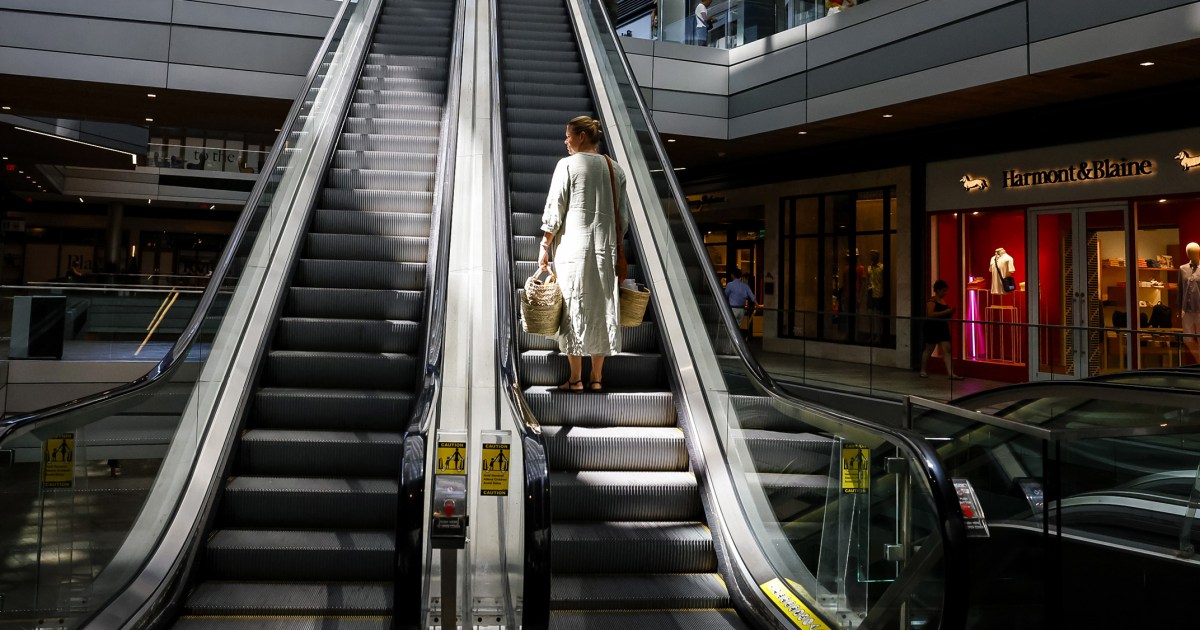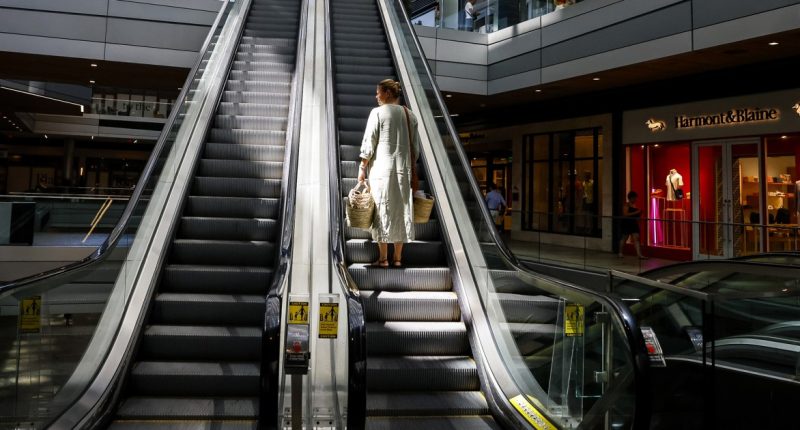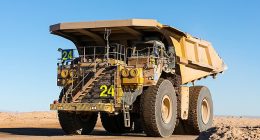
The Federal Reserve left the main U.S. interest rate unchanged Wednesday, waiting to see if its historic series of rate hikes over the last 18 months gets inflation under control.
The central bank kept its main policy rate in the range of 5.25% to 5.50%, citing an easing of economic conditions while also acknowledging that inflation is still higher than its 2% target.
In a statement, the Fed said the economy is in solid shape, with job gains slowing and tighter credit conditions likely to slow economic activity and stem inflation.
The Fed had raised interest rates at a historically fast pace in the last 18 months, as it increased its main rate at 11 consecutive meetings from March last year until its meeting in July.
It did that to try to get inflation under control, as U.S. consumer prices began to spike in late 2021 and hit 40-year highs last summer.
In August, the Bureau of Labor Statistics said prices for consumers were up 3.7% from the same period last year. That’s above the 2% annual level the Fed says it wants to see, but is a big change from lastyear’s peak of 9.1%.
The Fed concluded Wednesday that the situation had improved enough for it to take a wait-and-see approach, at least for another month.
The central bank had cut interest rates to a range of zero percent to 0.25% after the start of the Covid pandemic. Rates were also at that rock-bottom level for years after the global financial crisis of 2007-08.
The string of large rate hikes took interest rates from a historic low of almost zero to their highest level in more than 20 years. That meant interest rates on credit cards and mortgages also rose to long-time highs, while payments from Treasury bonds and interest rates on checking accounts are the strongest they’ve been in years.
It’s a double-edged sword of economic intervention.
The rate increases were designed to reduce inflation by slowing the economy, which is a direct result of making it more expensive for businesses and individuals to borrow money. There are signs that the rate hikes have had their intended effect, and even some optimism the Fed could achieve its goal without tipping the economy into a recession.
The job market, for instance, remains strong, with wages rising and the unemployment rate near historic lows.
A recession, by contrast, might get inflation to a lower level, but with widespread job losses.
Investors had long feared that possibility, which meant that some of the Fed’s more hawkish moves led to stock market sell-offs.
The Federal Open Market Committee is scheduled to meet again on Oct. 31 and announce its next interest rate decision on Nov. 1. That means consumer price data for the month of September, expected to be released on Oct. 12, is going to be extra important in determining what the central bank does next.
“This does not assure that we won’t see another interest rate increase in the months ahead. Inflation pressures are easing, broadly speaking, but remain well above desired levels with the risk of further increases in oil prices, so the Fed cannot yet declare victory,” Greg McBride, chief financial analyst for Bankrate, wrote Monday.
Source: | This article originally belongs to Nbcnews.com










